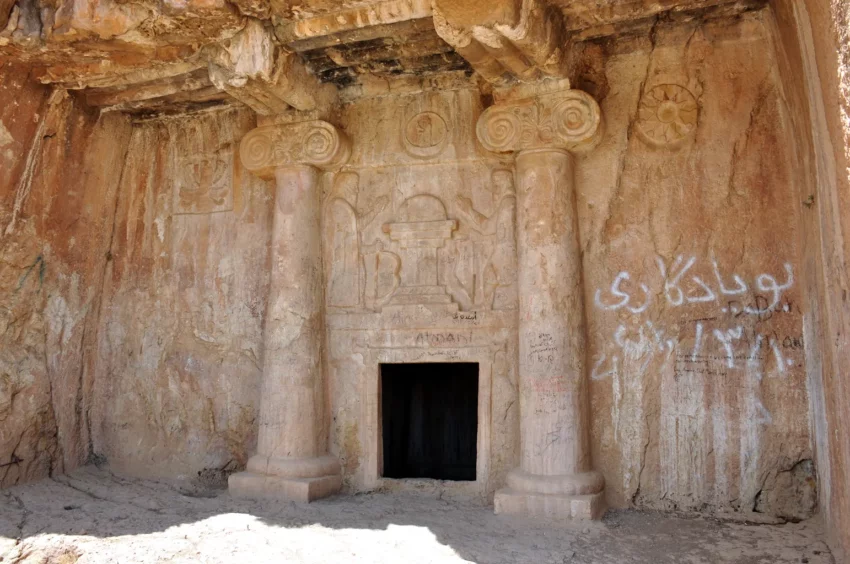The Rock Tombs of Qyzqapan: A Glimpse into Ancient Kurdish History
The rock tombs of Qyzqapan, also known as Ashkawt-i Qizqapan, are a remarkable archaeological site located near the Paleolithic cave of Zarzi in Iraqi Kurdistan. This site offers a fascinating glimpse into the ancient cultures that once thrived in this region.
Get your dose of History via Email
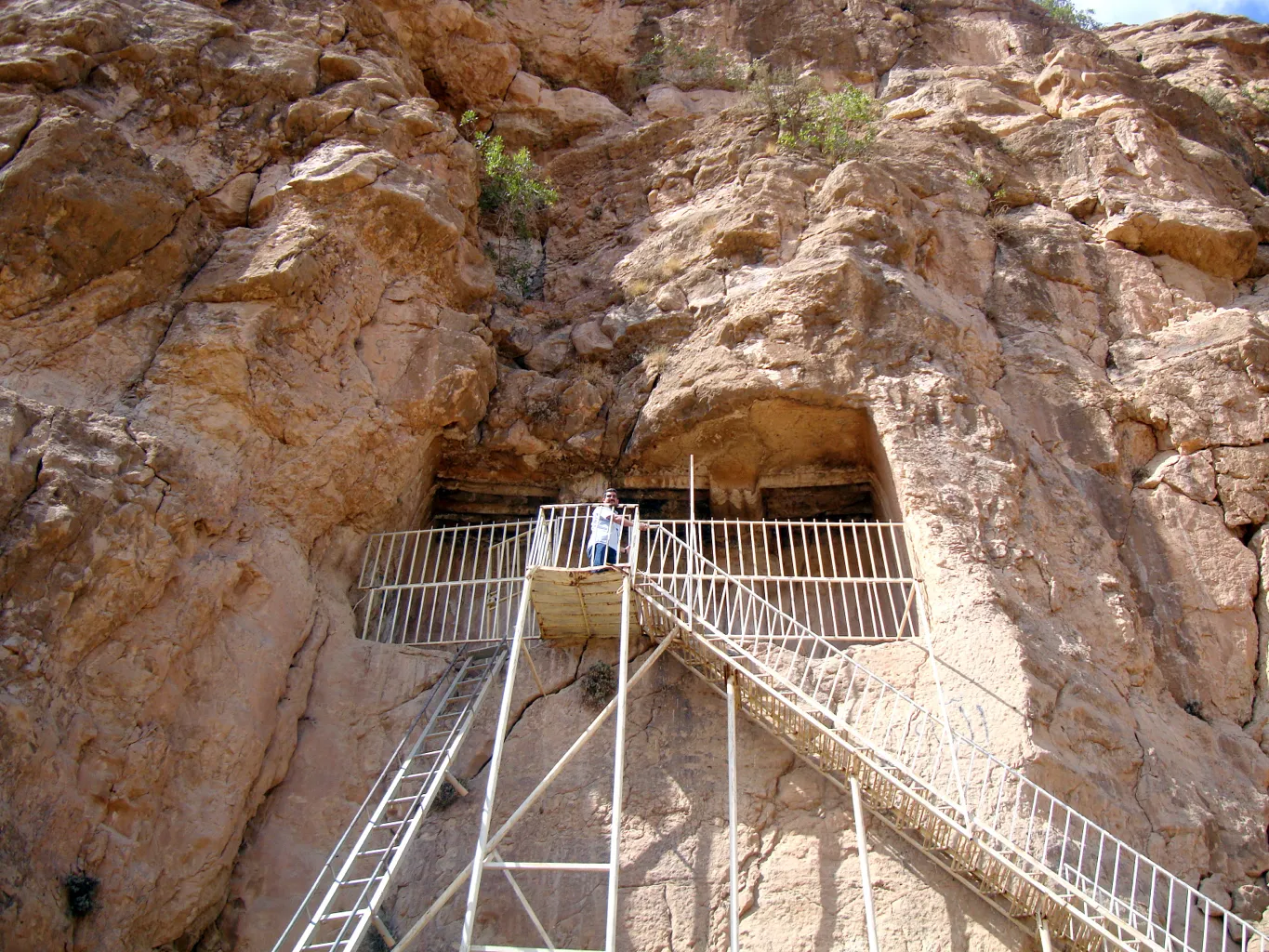
A Cave with Many Names
In Sorani Kurdish, “Ashkawt” translates to “cave,” while “Qizqapan” means “rapist” or “ravisher” in Turkish. The tomb is also called the “Cave of the Abducted Girl” in Kurdish, known as “Ashkawt-i Kche Dazrawka.” These names reflect the rich, though often tragic, folklore that surrounds the site.
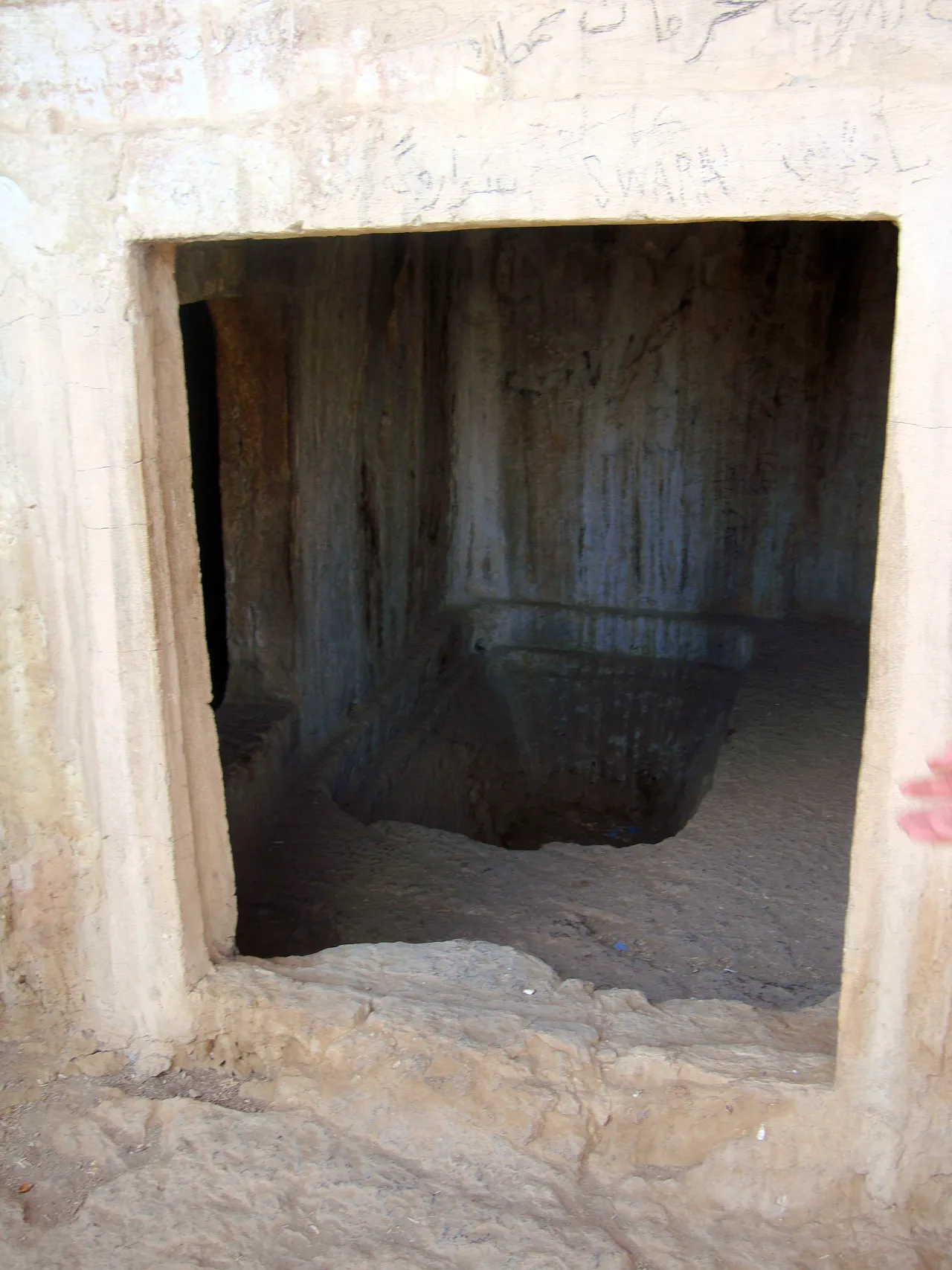
Historical Context and Structure
The rock-cut tomb consists of three burial chambers. Each chamber has a hewn grave in the left corner, all accessible from a central chamber. The entrance to the tomb is situated about eight meters above ground level, adding to its mystique and seclusion.
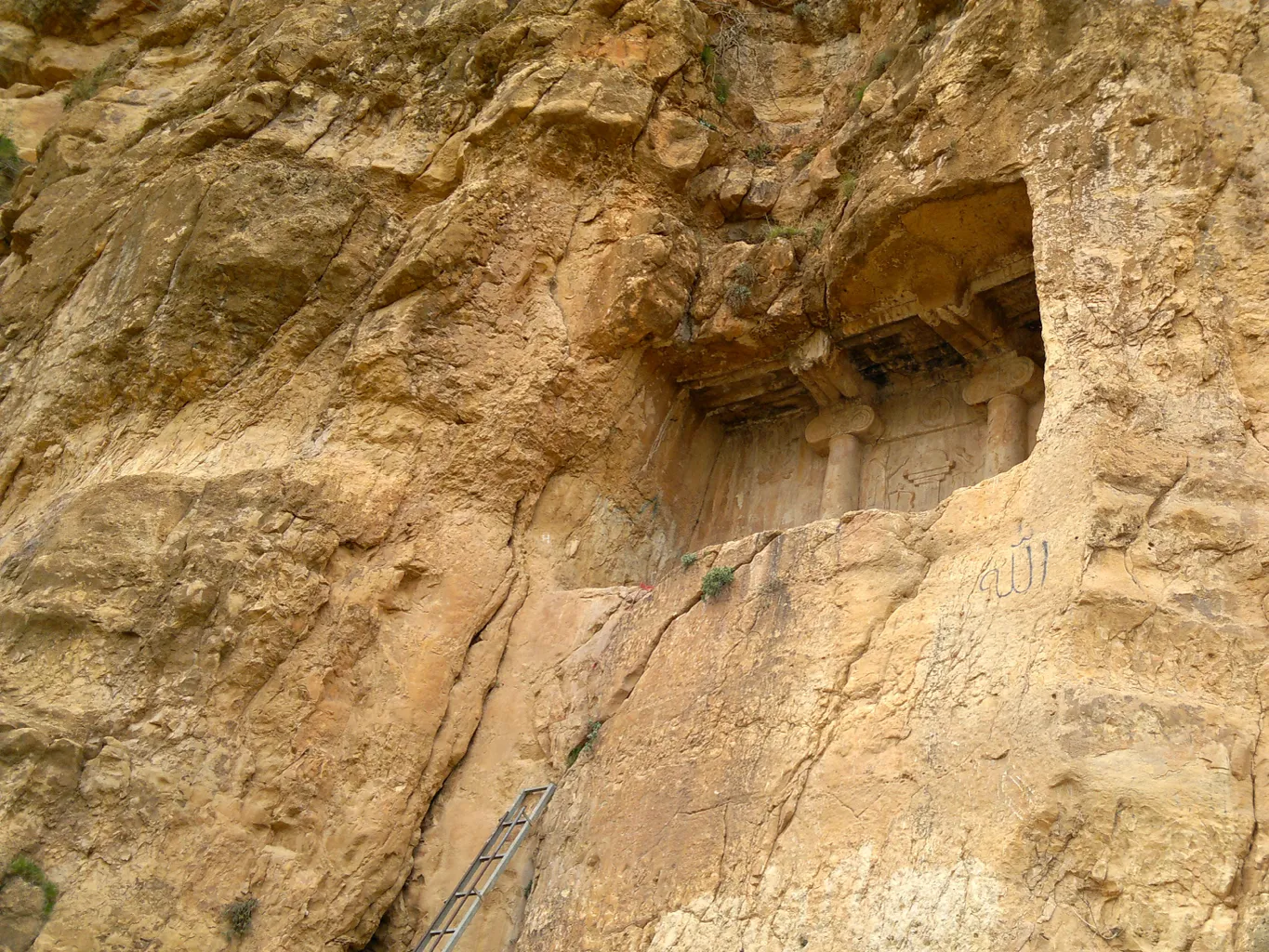
Dating the construction of the tomb has sparked considerable debate among historians. Some suggest it was built during the Medes period, while others propose dates from the Achaemenid, Seleucid, or Parthian periods. Despite these differing opinions, many scholars lean towards the tomb being a creation of the Medes people.
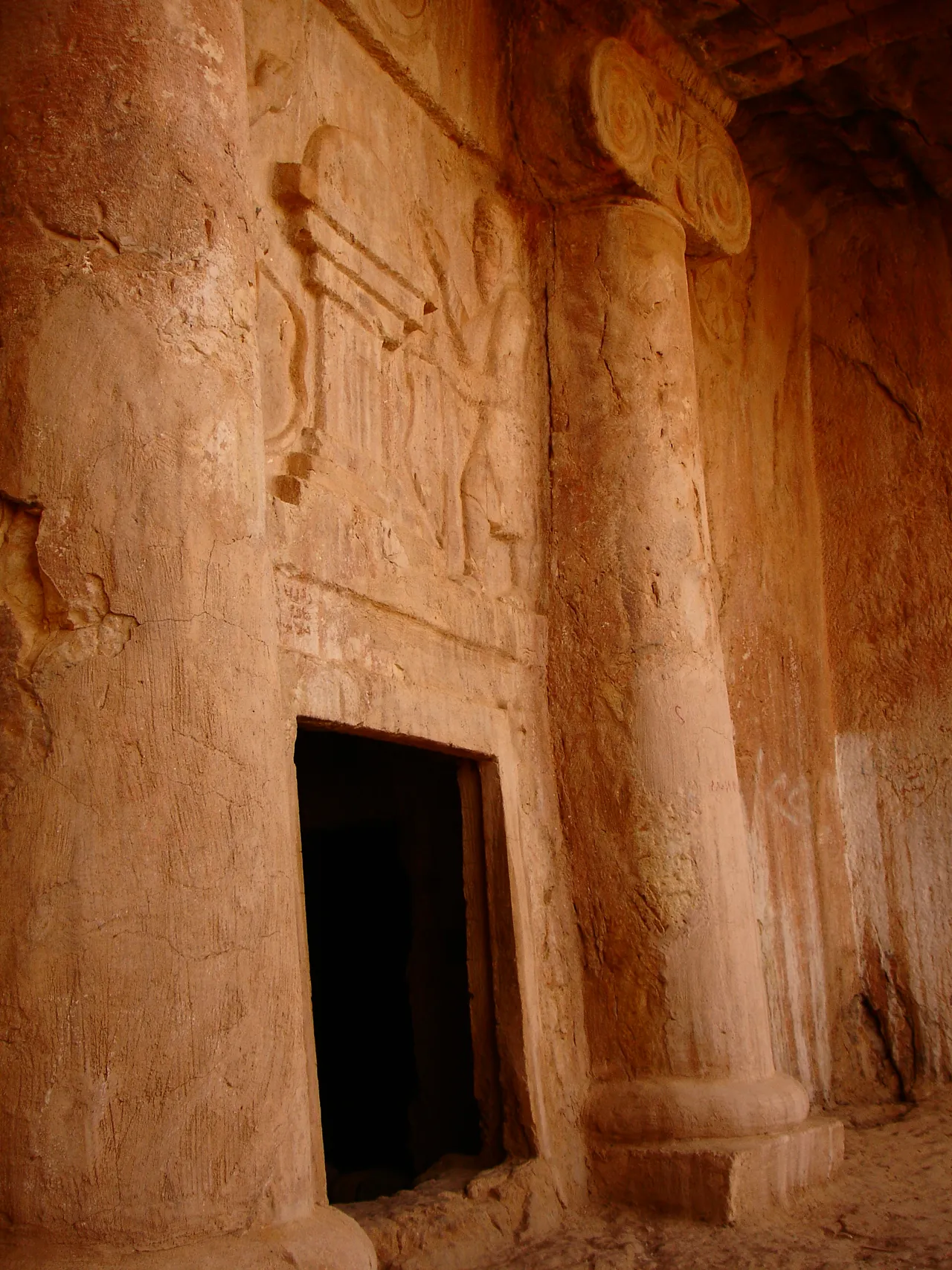
Symbolism and Religious Significance
The tomb’s symbols suggest a connection to Mithraism, with Mithra being the supreme deity of the Medes. Some experts, like Igor Diakonov, even propose that the tomb was built for Cyaxares, a prominent Median ruler. If true, the warrior depicted in the tomb’s reliefs might well be Cyaxares himself.
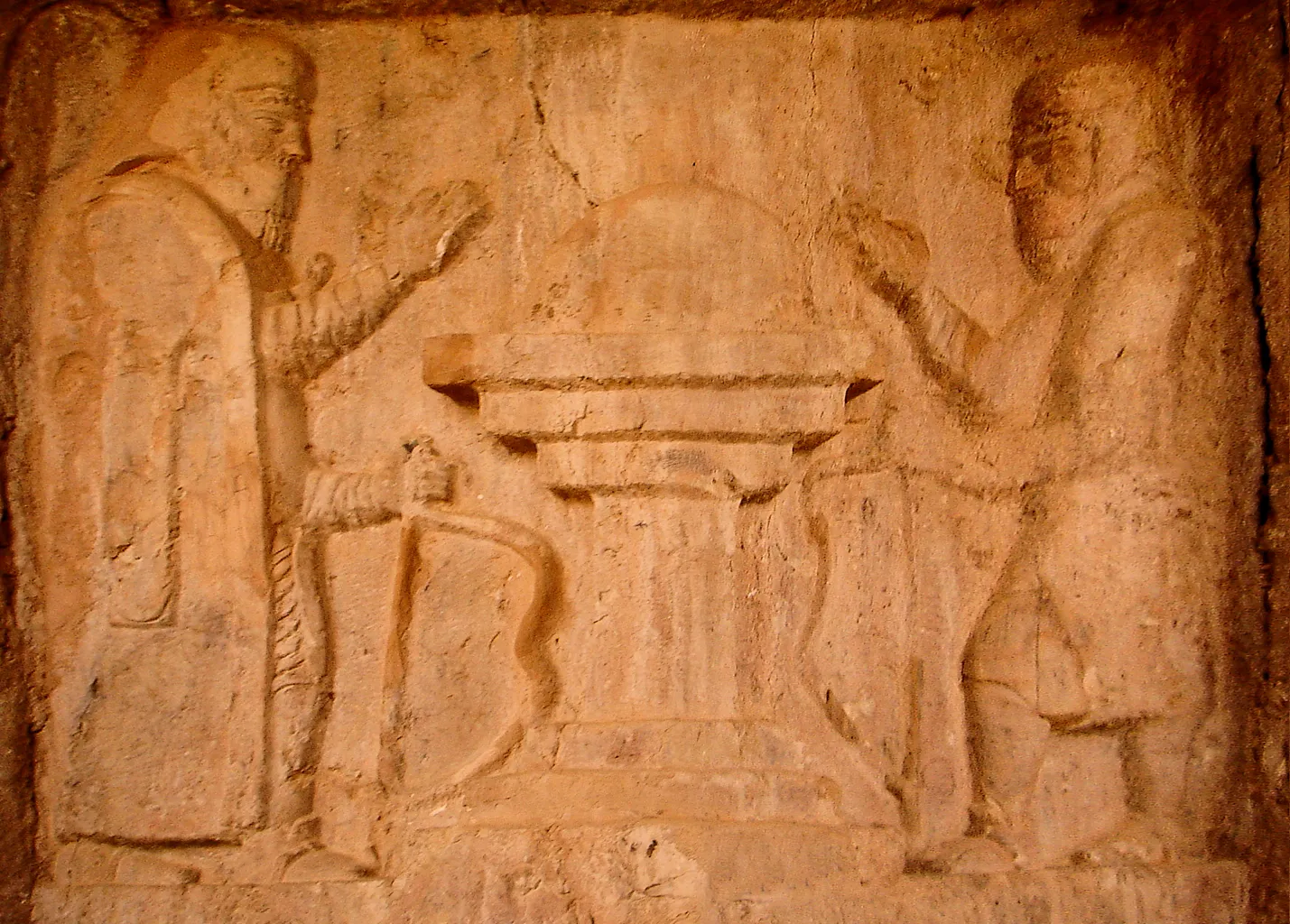
Architectural and Artistic Features
Qyzqapan is often compared to the rock-cut tombs found in Iran, such as Dukkan-e Daud. The site features a large rectangular antechamber, leading to a tomb with a square entrance. Above this entrance, a sculpted relief depicts a religious scene in a style that is unmistakably Achaemenid. Two figures, dressed in richly detailed Iranian coats, stand on either side of a fire altar. They each raise their right arm in a ritual gesture while holding a bow in their left hand. This scene evokes the royal tombs of Persepolis and Naqsh-e Rostam.
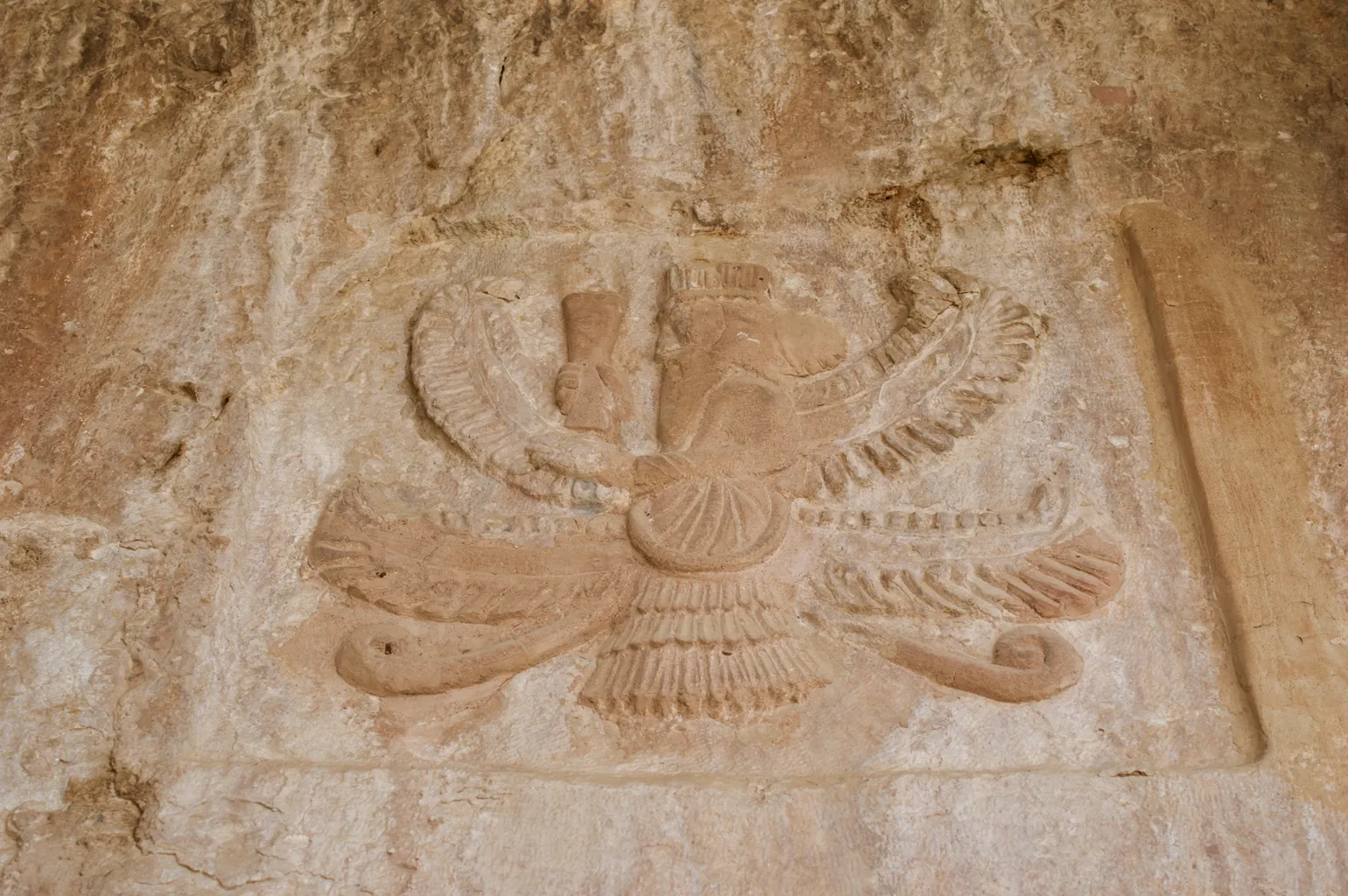
Flanking the scene are two Ionic-style columns, and above them are divine symbols, including a rosette and a Mazdean solar disk. These artistic elements emphasize the site’s religious and cultural significance during the Achaemenid period.
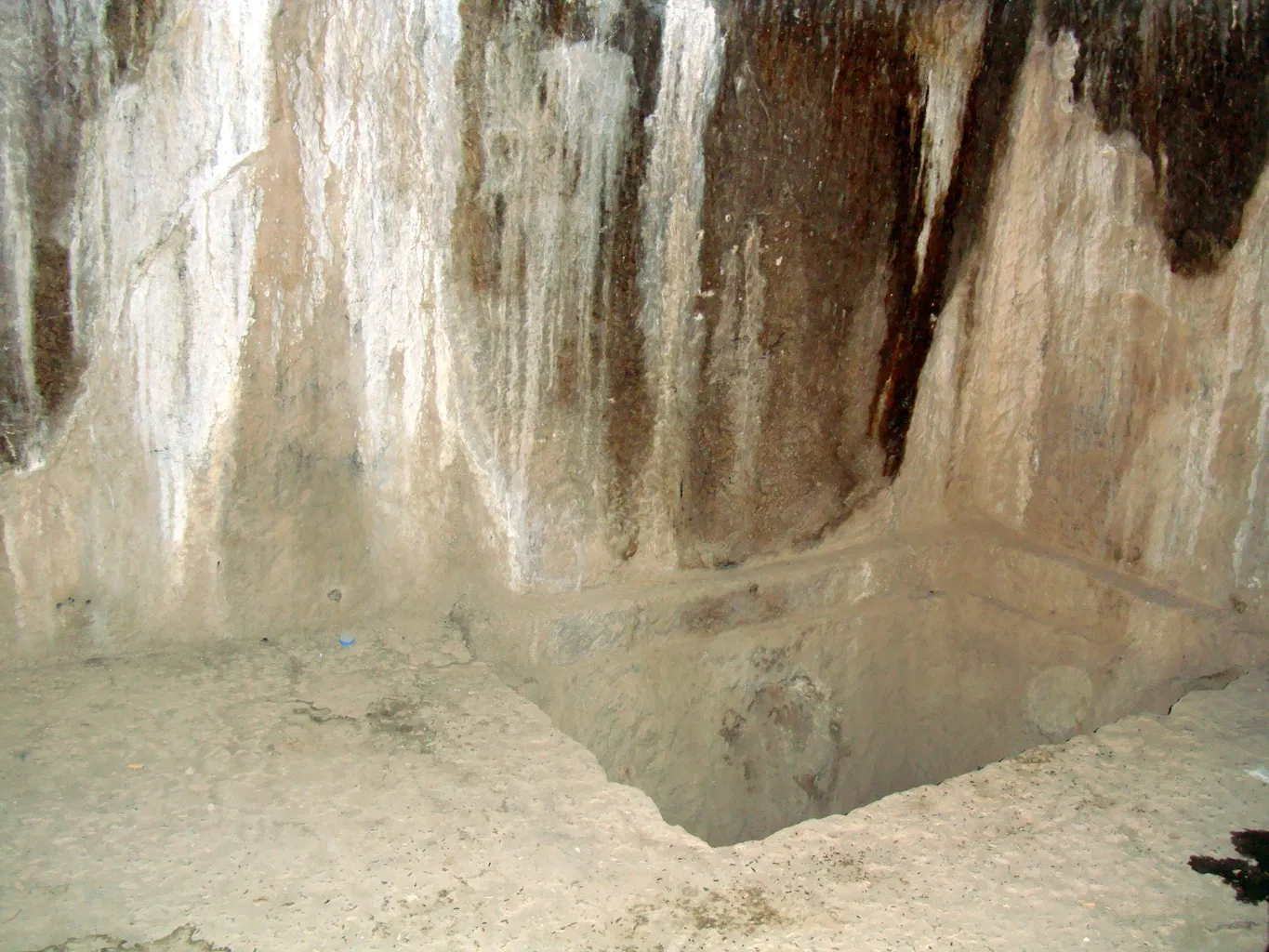
A Testament to a Bygone Era
The Qyzqapan tombs, while reflecting Achaemenid artistic influences, also exhibit a provincial character. This suggests they were likely created towards the end of the Achaemenid period or during the early Seleucid era, possibly even extending into the Parthian period. Despite their stylistic crudeness compared to the grandeur of official Achaemenid royal art, these reliefs remain a significant link to the region’s ancient past.
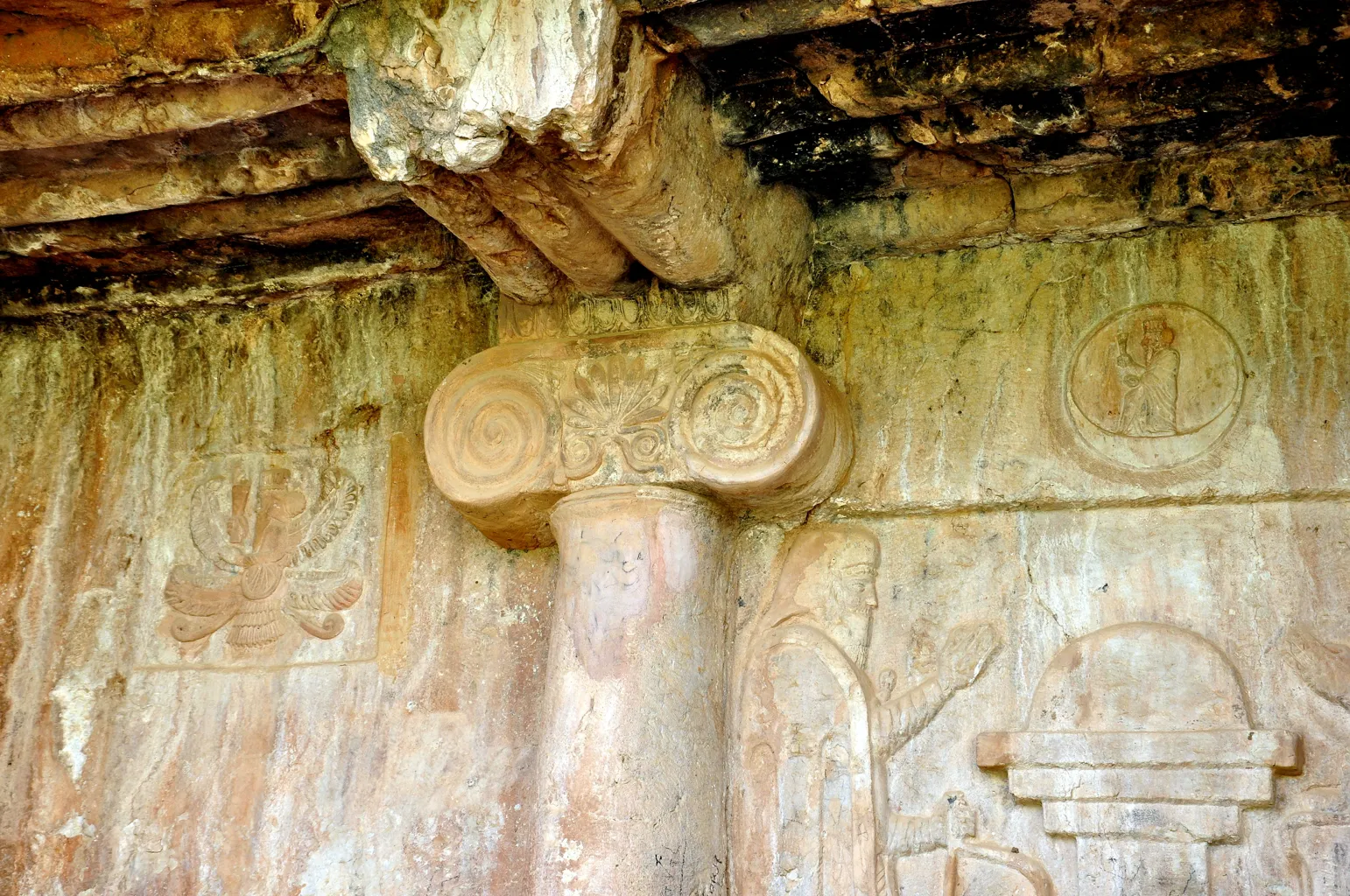
In summary, the rock tombs of Qyzqapan stand as a powerful testament to the complex history and cultural richness of Iraqi Kurdistan. Through their architecture, symbolism, and art, they offer a rare window into the beliefs and practices of the ancient peoples who once ruled this land.
Sources:

